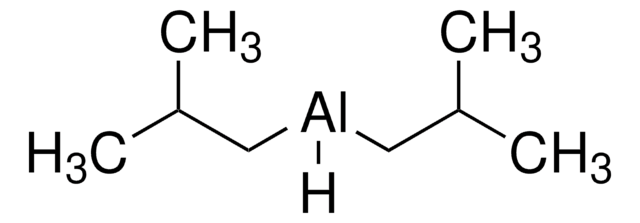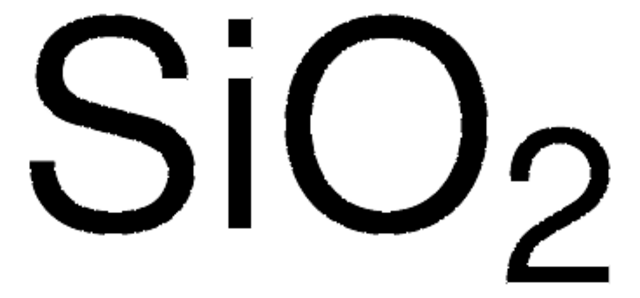Key Documents
Safety Information
267414
Silicon
powder, −60 mesh, 99.998% trace metals basis
About This Item
Recommended Products
Assay
99.998% trace metals basis
form
powder
particle size
−60 mesh
bp
2355 °C (lit.)
mp
1410 °C (lit.)
density
2.33 g/mL at 25 °C (lit.)
SMILES string
[Si]
InChI
1S/Si
InChI key
XUIMIQQOPSSXEZ-UHFFFAOYSA-N
Looking for similar products? Visit Product Comparison Guide
1 of 4
This Item | 215619 | GF46525620 | GF38907221 |
|---|---|---|---|
| assay 99.998% trace metals basis | assay 99% trace metals basis | assay 99.998% | assay 97.5% |
| bp 2355 °C (lit.) | bp 2355 °C (lit.) | bp 2355 °C (lit.) | bp 2355 °C (lit.) |
| mp 1410 °C (lit.) | mp 1410 °C (lit.) | mp 1410 °C (lit.) | mp 1410 °C (lit.) |
| density 2.33 g/mL at 25 °C (lit.) | density 2.33 g/mL at 25 °C (lit.) | density 2.33 g/mL at 25 °C (lit.) | density 2.33 g/mL at 25 °C (lit.) |
| particle size −60 mesh | particle size −325 mesh | particle size - | particle size - |
Signal Word
Warning
Hazard Statements
Precautionary Statements
Hazard Classifications
Flam. Sol. 2
Storage Class Code
4.1B - Flammable solid hazardous materials
WGK
WGK 3
Flash Point(F)
Not applicable
Flash Point(C)
Not applicable
Personal Protective Equipment
Regulatory Information
Choose from one of the most recent versions:
Already Own This Product?
Find documentation for the products that you have recently purchased in the Document Library.
Articles
Nanomaterials for Energy Storage in Lithium-ion Battery Applications
An article concerning self-propagating reactions induced by mechanical alloying, presented by Sigma-Aldrich.com.
Recent demand for electric and hybrid vehicles, coupled with a reduction in prices, has caused lithium-ion batteries (LIBs) to become an increasingly popular form of rechargeable battery technology.
Higher transition metal silicides are ideal for anisotropic thermoelectric conversion due to their Seebeck coefficient anisotropy and mechanical properties.
Our team of scientists has experience in all areas of research including Life Science, Material Science, Chemical Synthesis, Chromatography, Analytical and many others.
Contact Technical Service






